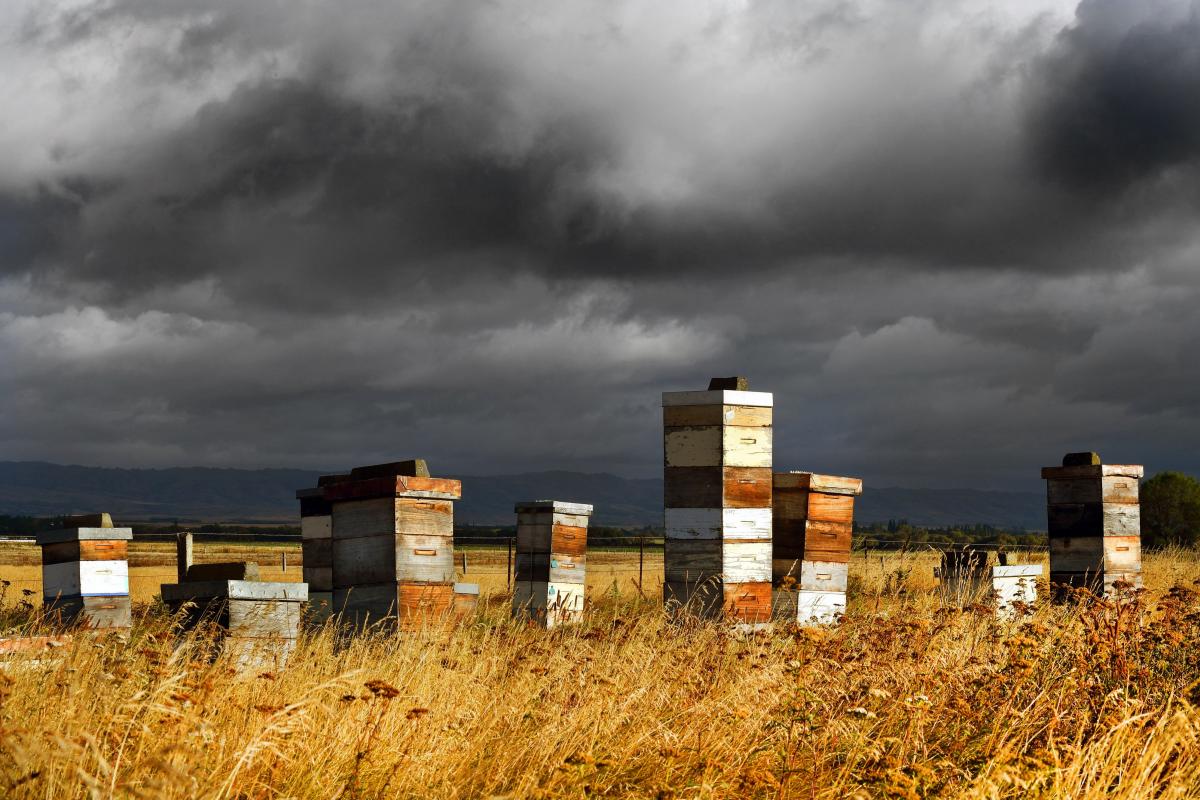Publicity relating to swab testing advances...
A new technology helping fight against a bee-killing disease is a "massive breakthrough", an Otago apiarist says.
New Zealand Alpine Honey owner and Project CleanHive chairman Peter Ward, of Hawea, said he ran about 5000 hives across Otago, Southland and the West Coast.
The operation was one of the biggest in the South Island.

 www.odt.co.nz
www.odt.co.nz
A new technology helping fight against a bee-killing disease is a "massive breakthrough", an Otago apiarist says.
New Zealand Alpine Honey owner and Project CleanHive chairman Peter Ward, of Hawea, said he ran about 5000 hives across Otago, Southland and the West Coast.
The operation was one of the biggest in the South Island.

Hope tool can eliminate American Foulbrood
A new technology helping fight against a bee-killing disease is a "massive breakthrough", an Otago apiarist says. New Zealand Alpine Honey owner...



